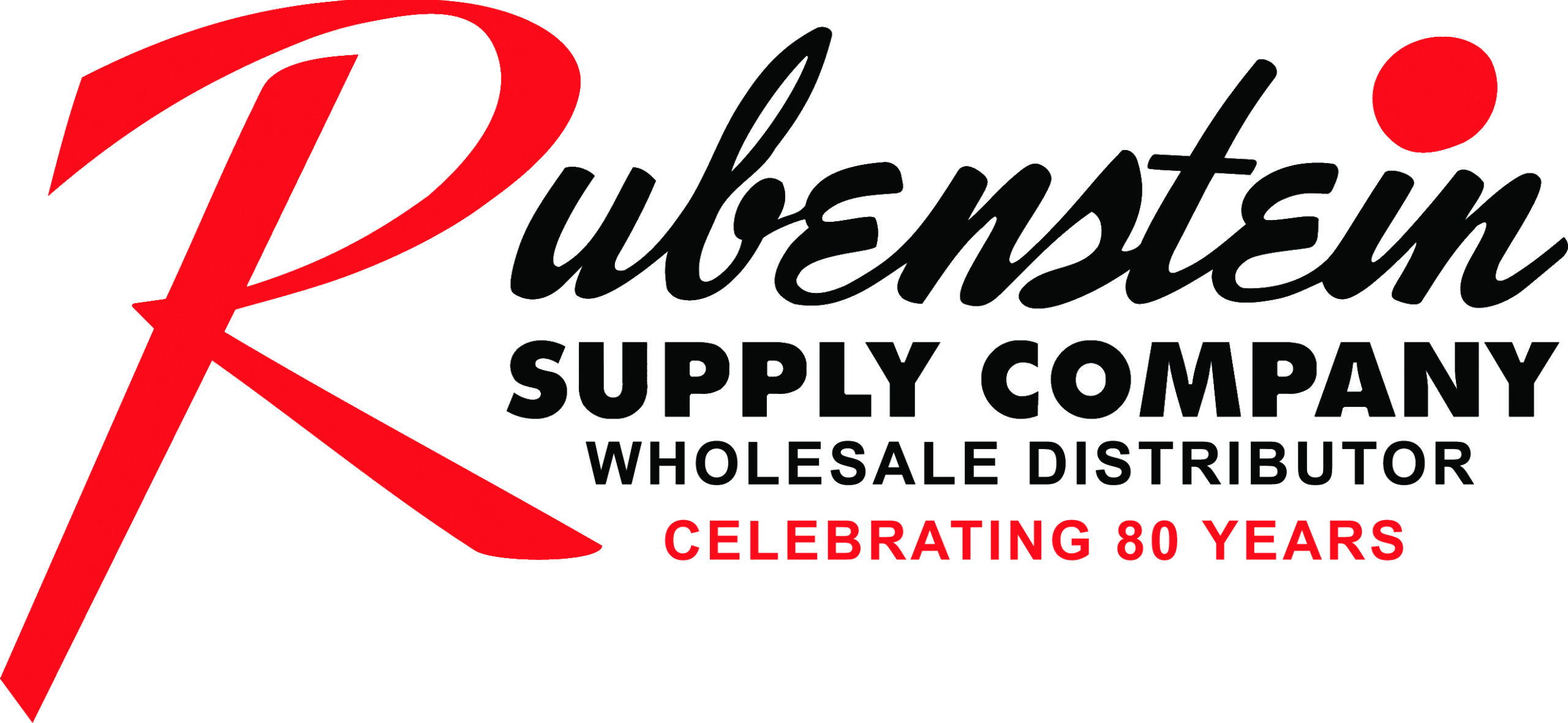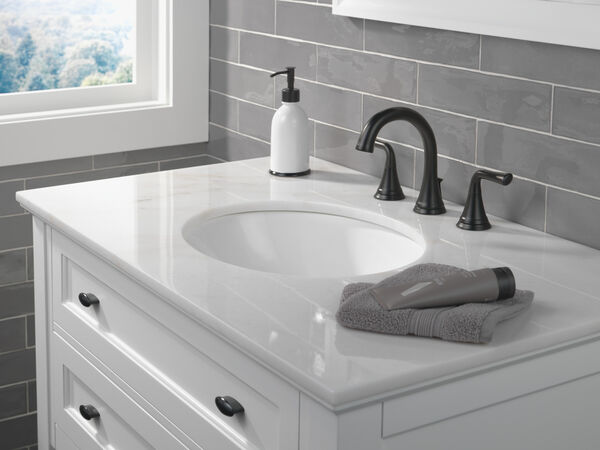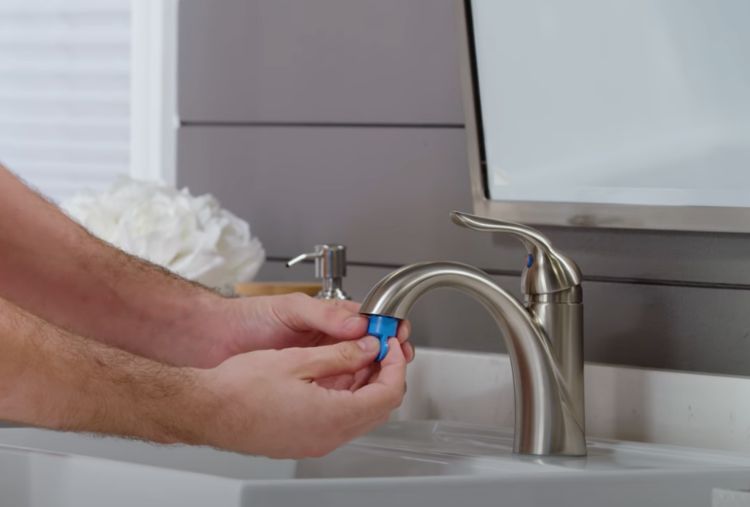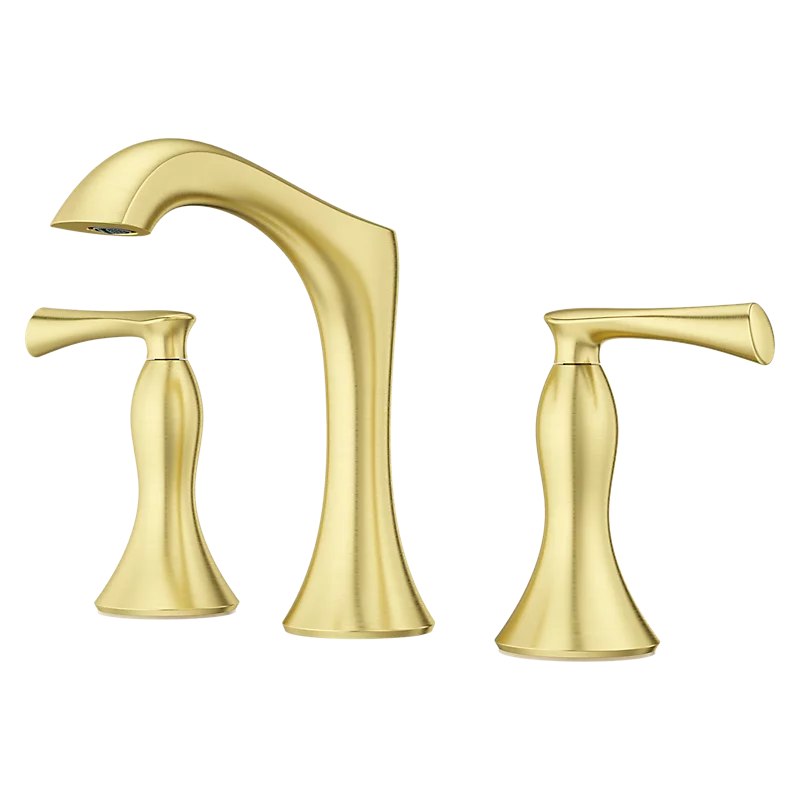

In other words, it’s a very pricey bidet. Khaled’s paean may be the high-water mark of the bidet’s profile in American pop culture — so far. Once viewed as an overseas oddity, the bathroom fixture has exploded in popularity over the past three years. Retailers report sales leaping tenfold during the pandemic, and remaining strong.
The vast majority of Americans still exclusively use toilet paper, though. For many, the bidet remains a fusty porcelain basin vaguely associated with the French. But the technology has evolved. Multibillion-dollar incumbents like Toto, as well as newcomers such as Tushy and Luxe, have stormed the U.S. market, along with a flood of cut-rate manufacturers on Amazon. Bidets that promise to work with almost any toilet are now within reach of every American: Simple versions can be had for just $30.


For the world’s northern forests, that’s great news. The pines, birches and aspens that fringe the Northern Hemisphere are a primary source of virgin pulp to make toilet paper, particularly older, mature trees with longer fibers that manufacturers want to create an ultrasoft texture.
And no one buys more TP than Americans. The typical person in the United States uses about 24 rolls of toilet paper per year. That’s roughly three times more than Europeans — and among the highest per capita consumption of any country. Were the country to switch to bidets, millions of trees would likely remain standing every year.


I bought one in 2019 and never looked back.
But can bidets persuade Americans to set aside their rolls of Charmin Ultra Soft Cushiony Touch? It’s an easier sell than you think.
Water, not paper, has long been the world’s gold standard for cleaning up behinds. The Quran details prescriptions for cleaning with water in the bathroom. More recently, a 1975 hygiene bill in Italy made it illegal not to have at least one bidet in every public lodging, reports The Guardian.
Although the bidet is thought to have been invented in France in the 1600s, Japan has embraced the device like few other nations, with an estimated 79 percent of households owning at least one.
In the United States, the bidet has barely cracked the mainstream. Our historical prejudice against the apparatus dates back to World War II, when many service members’ first encounters with it were in a French brothel. That created an association with sex work.
The rest of the world, meanwhile, has embraced the concept, with the bidet evolving into myriad forms. I encountered the most basic version for the first time living in Southeast Asia: a handheld sprayer on the side of the toilet, similar to a sink faucet with a hose. The cheapest ones can cost just a few dollars.

But Japan ushered the French invention into the modern era. In 1980, Toto released the Washlet, integrating the bidet into the toilet seat itself. The underlying technology is simple. A small “wand,” or sprayer, extends from a housing under the seat to direct a precise stream of water that cleans the buttocks. When the water is turned off, the self-cleaning wand retracts behind a shield.
But things have gotten pretty extravagant from there. Today, Toto’s high-end models offer adjustable water temperature, air drying, a heated seat, bowl cleaning, personalized settings, a night light, remote controls, and even an automatic air deodorizer. More than 60 million of the devices have been sold around the world since 1980. Just not many in the United States.
Before the coronavirus pandemic, few Americans were interested in the fixture. “Bidets weren’t really gaining traction,” says Bill Strang, a Toto executive in the United States. After March 2020’s toilet paper shortages, bidets climbed the e-commerce rankings, coming in just behind items such as disposable gloves, masks, hand sanitizer and toilet paper, reports Toto. “We sold out of our product in about four weeks in North America,” Strang says. Remote work has increased this momentum. As people spent more time in their home offices and bathrooms, they poured money into “refreshing” their homes — and behinds.
Start-ups such as Tushy have capitalized on this wave of interest, tailoring the often-complicated Japanese models to suit American tastes. Tushy makes several models starting at $69. The base model offers controls such as spray angle and intensity, as well as irreverent marketing: “Save Your A–, Save Your Money, Save the Planet.” Founder Miki Agrawal says sales jumped fivefold during the pandemic. “It went from being something that seems weird, shameful and awkward to a boastful thing you show your friends,” says Agrawal, who says Tushy has more than 1.4 million customers.
Should you join these new converts? There are three reasons for taking the plunge: the environment, savings and performance.
The main one is to reduce clear-cutting mature forests. Every year, Americans flush the equivalent of millions of trees down the toilet. Much of this toilet paper comes from trees logged in Canada’s species-rich boreal forests, the vast landscape of plants and wetlands growing below the Arctic Circle. Nearly a quarter of the world’s last intact forest landscapes are in this region, says the Natural Resources Defense Council, storing about the same amount of carbon as three decades’ worth of fossil fuel emissions.





